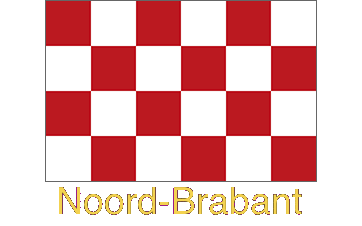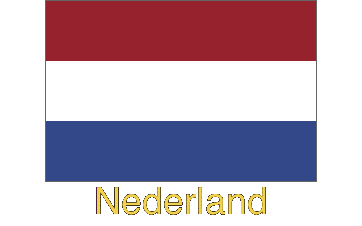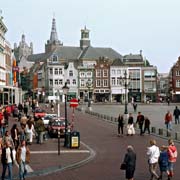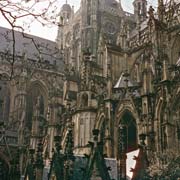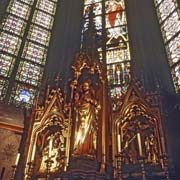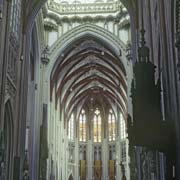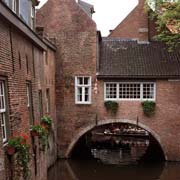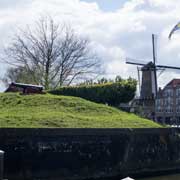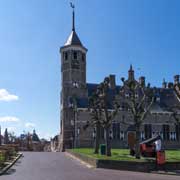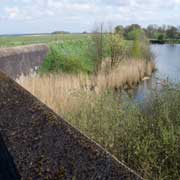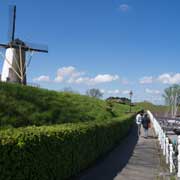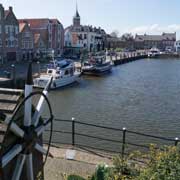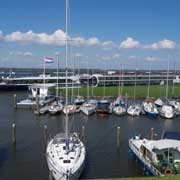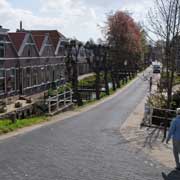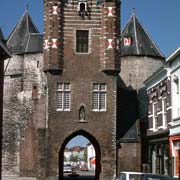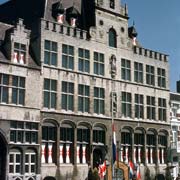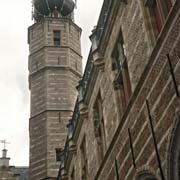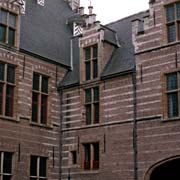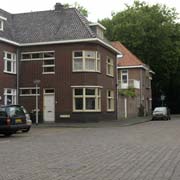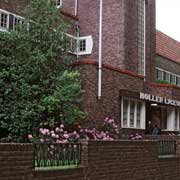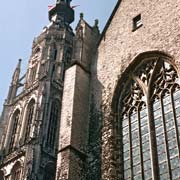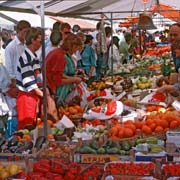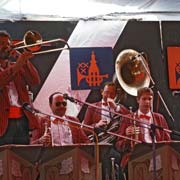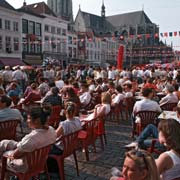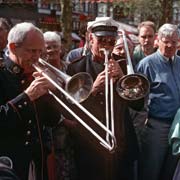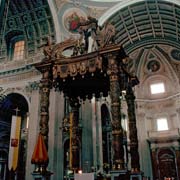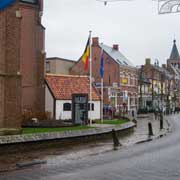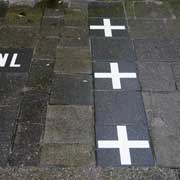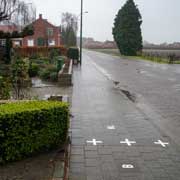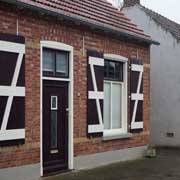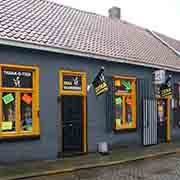Photos of the Province of Noord-Brabant, the Netherlands
The Province of Noord-Brabant
Noord-Brabant was, until the 17th Century, part of the Duchy of Brabant, of which nowadays the larger part belongs to Belgium. In the 14th and 15th Century the Duchy experienced a Golden Age and this is still visible in the cities of 's-Hertogenbosch (the provincial capital), Breda and, now across the border in Belgium, Antwerpen and Leuven (Liège). Brabant was disputed territory after the Union of Utrecht was signed in 1579, between the Protestant Republic of the Seven Provinces and Catholic Spain, that occupied the southern Netherlands. In 1796 the northern part became part of the Batavian Republic and when in 1830 Belgium separated from the Netherlands, the southern part became part of that country and the Netherlands region was named Noord-Brabant.
you may then send it as a postcard if you wish.
The province of Noord-Brabant has an area of 5,082 km² and a population of almost 2.5 million. It shares a border with the provinces of Zeeland, Zuid-Holland, Gelderland and Limburg and its southern frontier is with Belgium. There are beautiful nature reserves, like the Biesbosch, a unique freshwater delta in the north west, only accessible by boat. Traditionally the inhabitants of Brabant have the reputation of a relaxed and fun loving life style, but the province has also become the high-tech centre of the country, with both the electronics company Philips and the truck manufacturer DAF based in the city of Eindhoven.
Noord-Brabant's capital is 's-Hertogenbosch (or Den Bosch); the name means - "the Duke's forest". This refers to Henry I, Duke of Brabant, whose family had owned a large estate at nearby Orthen for at least four centuries. He founded a new town located on some forested dunes in the middle of a marsh. In 1185, at age 26, he granted 's-Hertogenbosch city rights and the corresponding trade privileges. The city flourished and became the second largest population centre in the territory of the present Netherlands, after Utrecht. The old city is still almost completely surrounded by continuous ramparts and dominated by the glorious St. Janskathedraal.
A unique and historical place is the small town of Willemstad, in the west of the province on the Hollands Diep and Volkerak, with well preserved fortifications. About 30 kilometres south is the old city of Bergen op Zoom, dating from the 13th century and famous as one of the strategic points held by the Dutch in 1588 and 1622 during their revolt against the Spanish in the Eighty Years War. It still has a lot of historical buildings. So has Breda, another historical city with its huge 15th Century church; the city also is host a very popular annual Jazz Festival. And 25 kilometres west of Breda, in Oudenbosch, is the wonderful Basilica of St. Agatha and Barbara, constructed between 1865 and 1892.
South of the city of Tilburg, on the Belgian border, is the unusual Baarle-Hertog, a Flemish municipality of Belgium, much of which consists of a number of small Belgian exclaves in the Netherlands; the many borders between Baarle Nassau (Netherlands) and Baarle Hertog (Belgium), are indicated on the sidewalks - neighbours and houses on opposite sides of the street may be in different countries and when New Year approaches, heavy fireworks may be bought in the shops on the Belgian side of the street, whereas in the Netherlands those are forbidden to be sold!.
